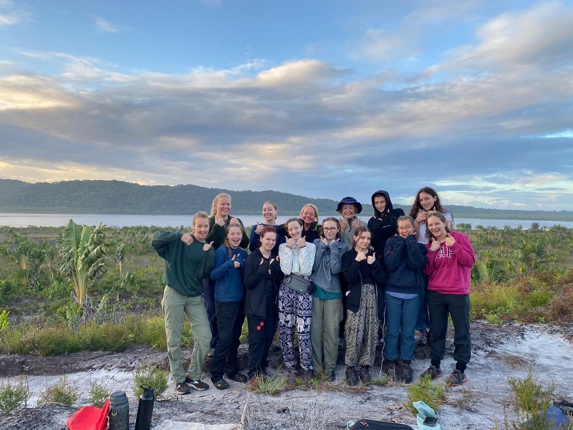
Introduction
Hi, my name is Hannah, I am 17 years old, I live in Lancashire, and I am studying for my A Levels at
college. I have been involved in Girlguiding since I was 5yrs old when I joined Rainbows before moving
up into Brownies and then Guides. When I left Guides, I started to volunteer in Brownies as I wanted to
train to become a Young Leader, which I have been doing for the past 4yrs. This report is all about how
being involved with Girlguiding led to an opportunity for me to join an international conservation trip
organised by Girlguiding North West, which was in part kindly funded by the Young Explorers Trust.
Opportunity
In April 2022 I received an email from my Girlguiding unit leader inviting applications to participate in
one of three Girlguiding Northwest England international trips, one of which was a conservation trip to
Madagascar. This felt like an opportunity of lifetime, so I decided to apply, the first stage was to
complete and submit an application form. Shortly after applying I received an email letting me know
that they liked my application, and I was invited to the selection weekend! This took place in July 2022
at Waddow Hall near Clitheroe. Throughout the weekend I took part in lots of activities and games, that
were all themed around the different trips. A week later I received an email confirming that my
application had been successful, and I was one of ten Young Leaders or Rangers, along with four trip
leaders, selected to go to Madagascar in the summer of 2023!
Preparation
Ahead of the trip I attended several weekend meet ups and joined monthly Zoom calls which helped all
those on the trip to get to know one another, share ideas for fundraising and plan for the trip. Prior to
the selection weekend I had not met any of the other girls or leaders. Our first weekend meet up was
held at Girlguiding NW Headquarters in Preston and the second one at a campsite in Cheshire. The cost
of the trip was £2,600, plus additional costs for equipment, visas, and vaccines, which I had to fundraise
for. I raised money by applying for grants, a part-time job and organising fundraisers, one of the
fundraisers was a Bingo night I ran at my Brownie unit. I hadn’t organised anything like this before, so
there was so much to learn, but lots of people helped, including the Brownies, which I really enjoyed.
Preparation for the trip also included having multiple vaccinations, gathering all the kit I needed and
finding eco-friendly products to use while in the forest.
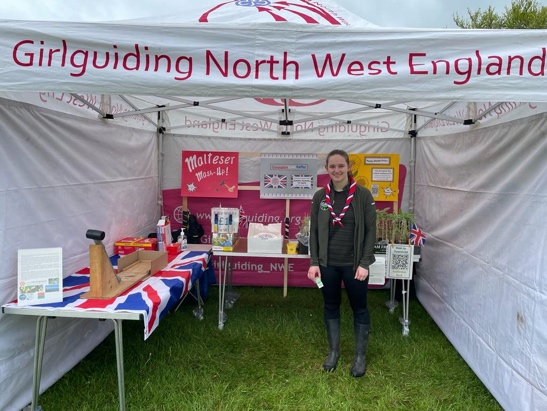
SEED
The main part of the trip was working with a charity called SEED Madagascar, which stands for
Sustainable Environment, Education & Development in Madagascar, which operates in southeast
Madagascar. Their aim is to manage a wide range of sustainable development and conservation projects
across the Anosy region. Whilst with SEED we volunteered to work on their conservation and research
programme, participating in different animal and palm tree surveys, visiting schools to promote
conservation and exploring the local area.
Travel
To travel to Madagascar, we started our journey from Manchester airport, and it took 32 hours to finally
arrive at the SEED camp in Sainte Luce, southeast Madagascar. The 32 hours consisted of a 1.5-hour
flight from Manchester to Paris, followed by an 11-hour flight from Paris to Antananarivo (Tana), the
capital of Madagascar (which was very exciting for me as I had never been on a long-haul flight before,
let alone an aeroplane with TV’s!) and then from the airport in a rickety old van to a nearby hotel. After
2 hours sleep, we woke up at 3am to go back to the airport for a 2-hour internal flight to Sainte Luce.
From there we travelled in 4×4 vehicles to SEEDs office in Fort Dauphin. The SEED staff helped us with
converting money to the local currency (Ariary), organising mobile phone SIM cards and providing a
lovely breakfast. We then got back in the 4x4s for a 2-hour drive through the forest to SEEDs camp!
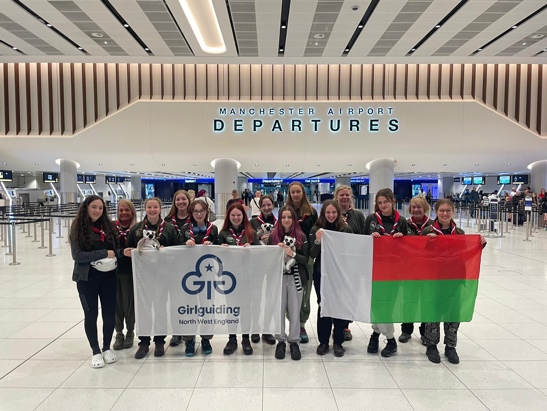
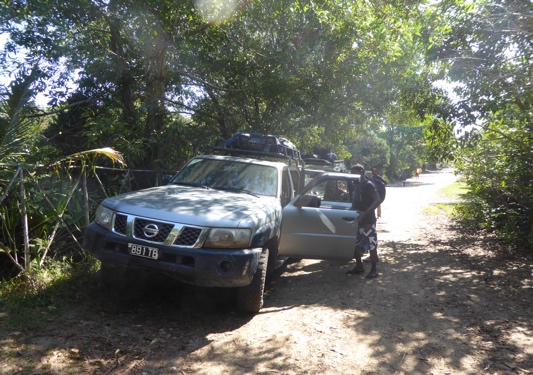
Camp
I had no expectations of camp before I arrived, though we had been warned that facilities would be
basic, but it felt incredibly homely from the second we all arrived. The Researchers made us feel very
welcome and gave us a tour of the camp. We set up our tents and had our first meal, which was rice and
beans.
While at camp, the food continued along the same theme and did get slightly repetitive. Occasionally we
also ate potatoes and carrot which was a real treat. Breakfast was good, we ate a banana, banana bread,
breakfast rice and moofs which are fried doughnut balls. Breakfast was a nice change from the constant
diet of beans (I never realised how many different types of beans there are, I’m sure we had a new bean
every day).
Camp wasn’t just home to the Researchers and our group of 14 volunteers, it was also home to a variety
of insects, reptiles, and amphibians. There were lots of spiders, some of which we named. Vivian (an
unidentified species of spider) lived in the longhouse, which is where we ate and spent most of our
downtime, and Felix (an Owl spider) who hung out (literally) on the way to the long drop toilets. It was
important to remember to duck when walking to the toilet so as not to walk straight into Felix’s
elaborate web. One morning we even found a small frog that had somehow found its way into one of
the tea mugs left out overnight. Lemurs were also regular visitors to camp helping themselves to
leftover food and banana peelings from the bins.
Facilities in the camp were quite different to home. Water is pumped by hand from two different wells,
showers are taken using a bucket and the toilets were long drops. It took a few days to adapt to this new
way of living. The water from the well we used for washing smelt of sulphur, which was a bit different,
and when you used it to wash your clothes it arguably made them smell worse.
At camp there were two palm nurseries, where the Researchers grow different species of palm trees
which they then re-plant into the forest.
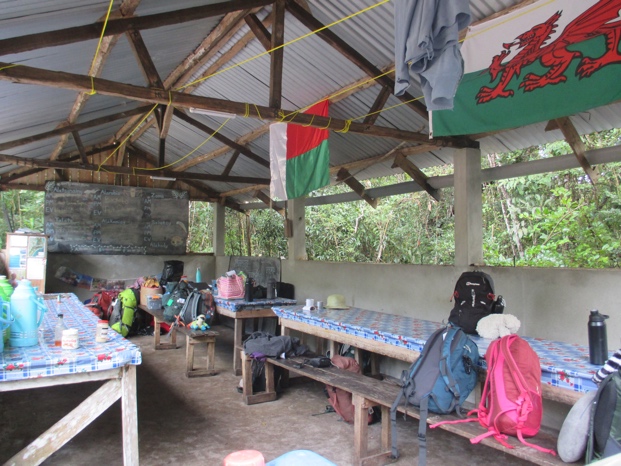
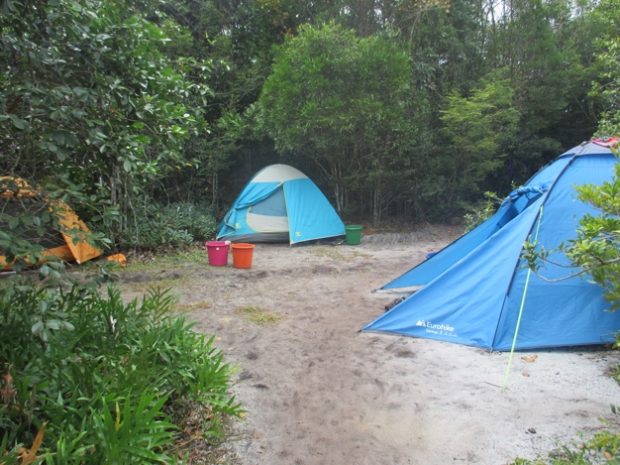
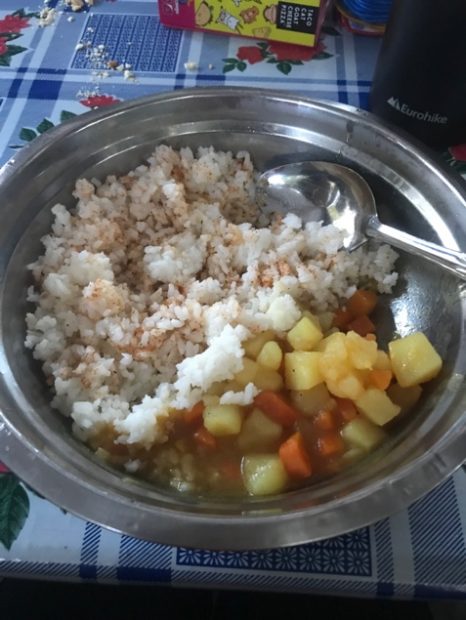
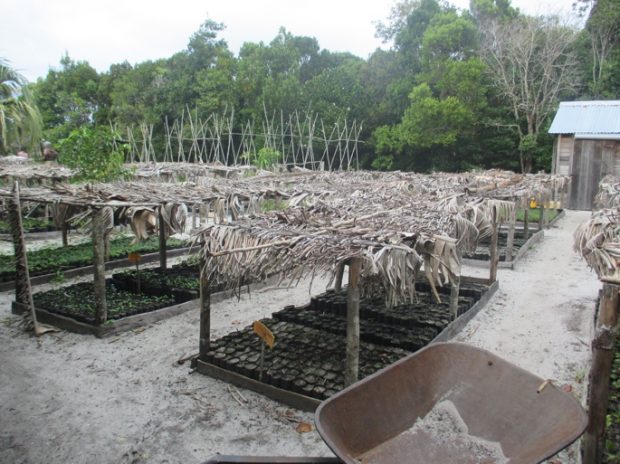
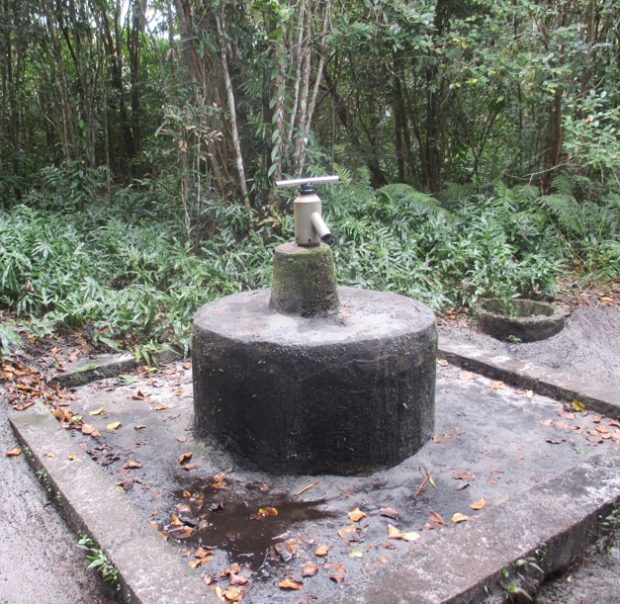
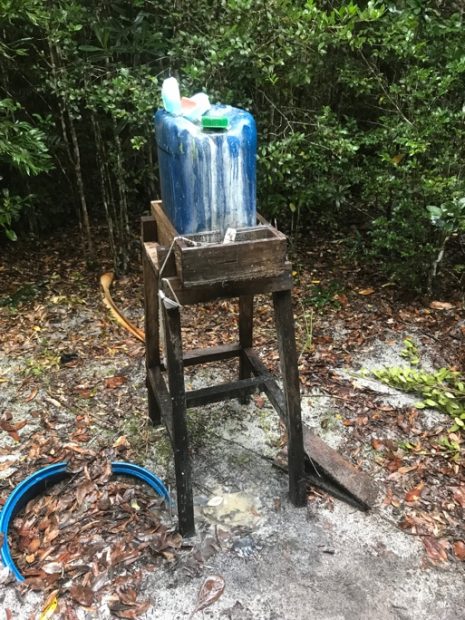
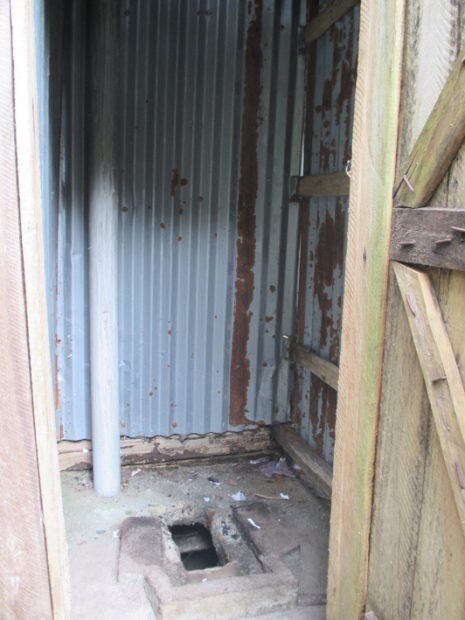
Village Life
Whenever we visited, or walked through the local villages, there was always lots going on. SEED have
worked with local villagers to establish two independent cooperatives to help them earn money, these
are called Stitch and Mahampy. As we walked past we could see the ladies in Stitch making embroidered
items to sell including bags, bookmarks, pillowcases, glasses cases, etc. We could also see in the
Mahampy shop the ladies weaving dried grass into bowls, hats, mats, etc. There were always animals
roaming about like Zebu (a Madagascan cow), chickens and even pigs. One day there was a women’s
football match taking place on one of the fields, with literally everyone from the village watching and
supporting their team including by wearing team-coloured t-shirts. Also, one thing we all learnt is that
Madagascar and England have very different views on what a puddle is, a Madagascan puddle is more
like a pond rather than something you could easily step over. We learnt about ‘fadys’, which are taboo,
for example, it is fady to stand in a doorway and it is also fady to have pets. My favourite thing about
walking through the villages was saying ‘salama’, which is ‘hello’ in Malagasy, to everyone you walk past
and fist bumping all the children, who were always excited to see us and often amused by some of
things we did, like taking our socks on and off when we walked through a ‘puddle’.
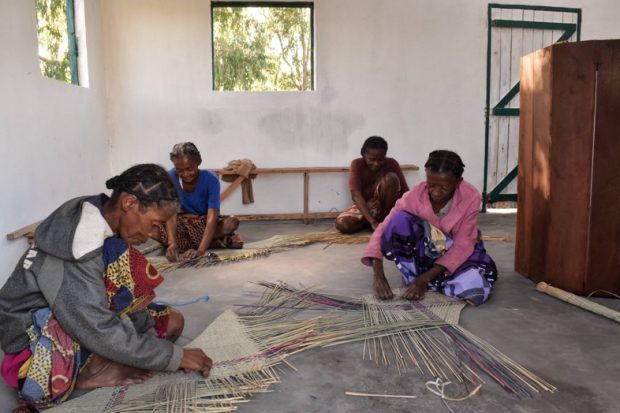
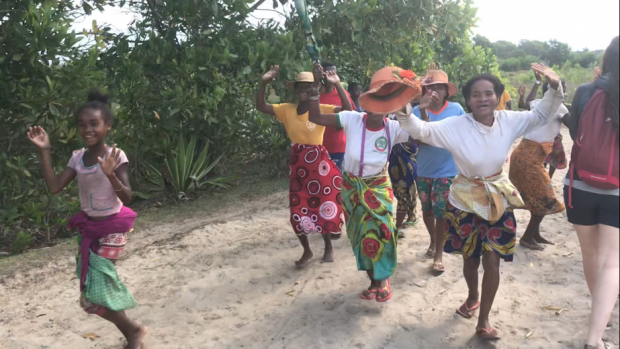
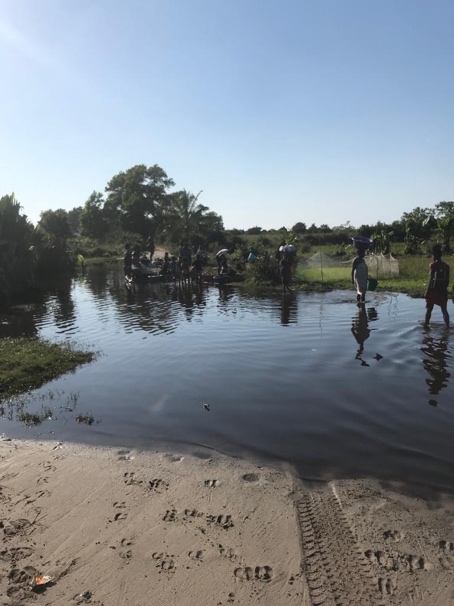
Schools
SEED teach the children in local schools about conservation and how they can help protect their local
environment. Visiting the schools was hands-down the best part of the trip and I got so much from the
experience. We visited schools in two different villages. Each session started with all the children singing
a song about conservation, which they did very enthusiastically. At the end of the song, we had to
introduce ourselves, and then the children would chant each of our names in turn, which was lovely.
After this we sang to the children, our song had actions which the children joined in with. The children
then split up into older and younger groups, we taught the older children about six of the most common
snakes in Sainte Luce and explained that the children should not harm the snakes because the snakes
eat the rats which can spread disease. The younger children were given a picture to colour in about
snakes. SEED encourage the children to share what they have learnt in school with their families. After
the lessons we all went outside and played a game of ‘Voalavo, Voalavo, Bibilava’, translated as ‘Rat,
Rat, Snake’, which is similar to the game ‘Duck, Duck, Goose’ that is played in England. After the game
the children wanted us to take lots of selfies with them, which they loved looking at on our cameras and
phones. After our visits whenever we walked through the villages we could see the children doing the
actions to the song we taught them, which was so cool.
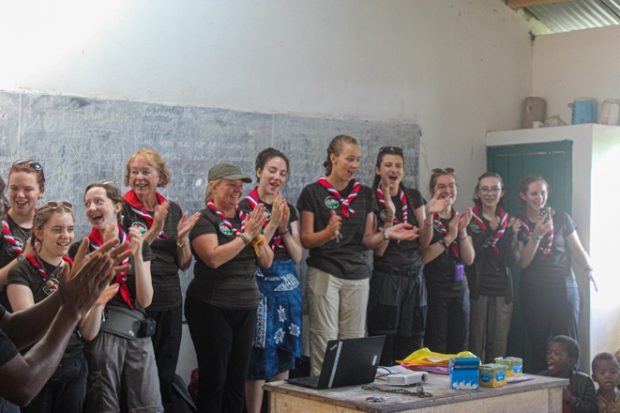
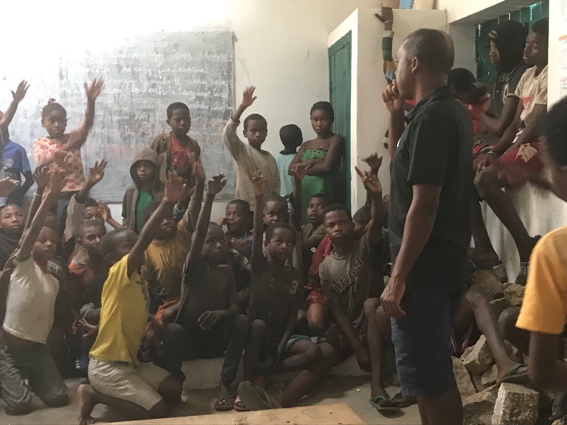
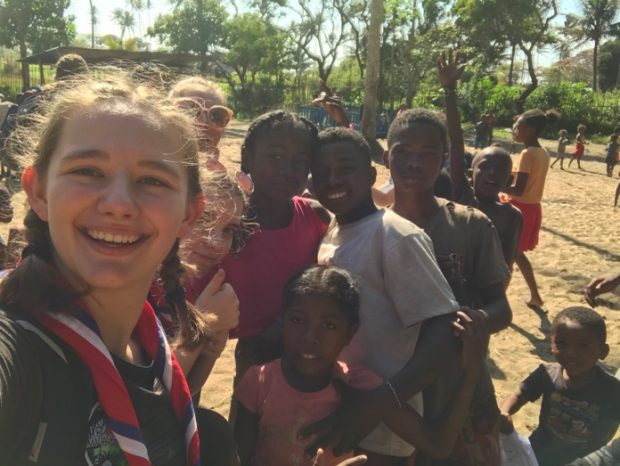
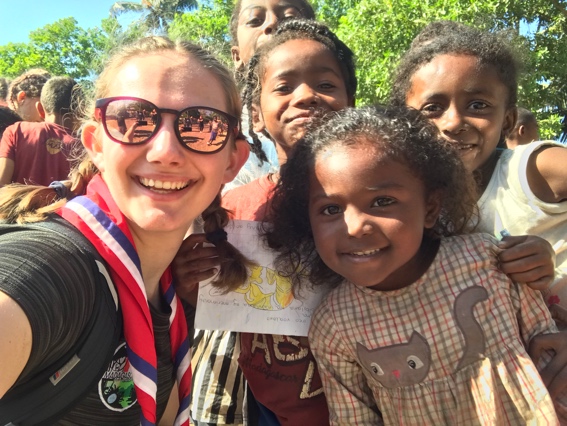
Surveys
During our time in the forest, we participated in many surveys working alongside the researchers. On
the surveys we would walk along a transect, which is a straight line that cuts through the landscape, so
that standard observations and measurements can be taken about plants and animals, e.g., lemurs,
frogs, etc. When we spotted an animal, we were surveying, we would write down the species and get its
exact location from a GPS. Two of the common surveys I did were herpetofauna (reptiles and
amphibians) and lemur surveys. I think the herpetofauna surveys were my favourite as we got to see so
many different animals. I loved finding the frogs in the bottom of the Pandanus which is a spiky plant
where rain collects in the bottom of the plant creating a small pool of water. If you looked for these
pools you would often find frogs with their eyes just poking out of the water. We didn’t have much luck
on lemur surveys as we never spotted any lemurs on the actual survey but on one survey, approximately
5 minutes after it had finished on our walk back to camp, we spotted 7 of the exact species of lemur we
had just spent an hour and a half looking for. Some of my favourite animals that I saw in the forest were
frogs, chameleons, red collared brown lemurs and geckos.
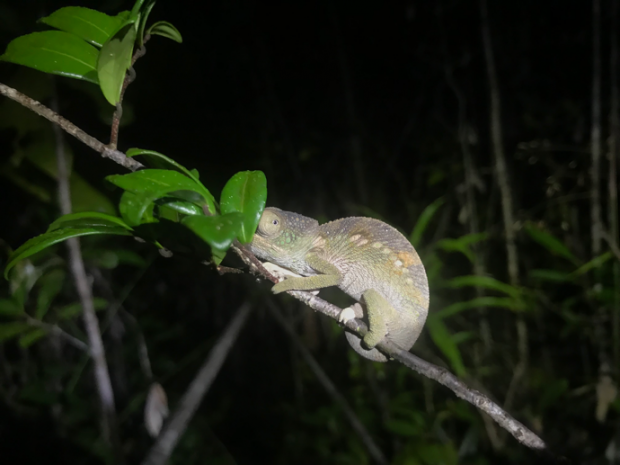
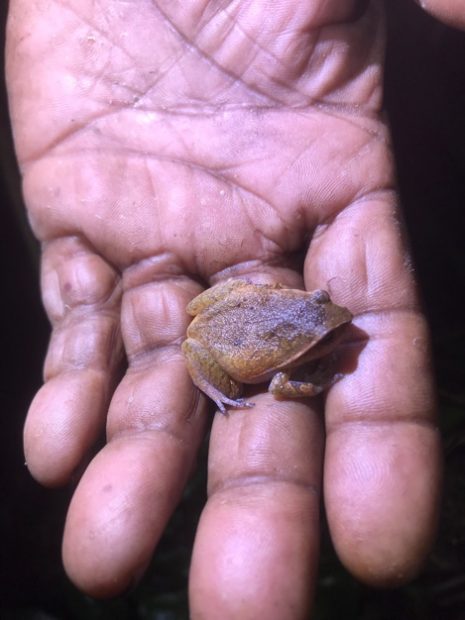
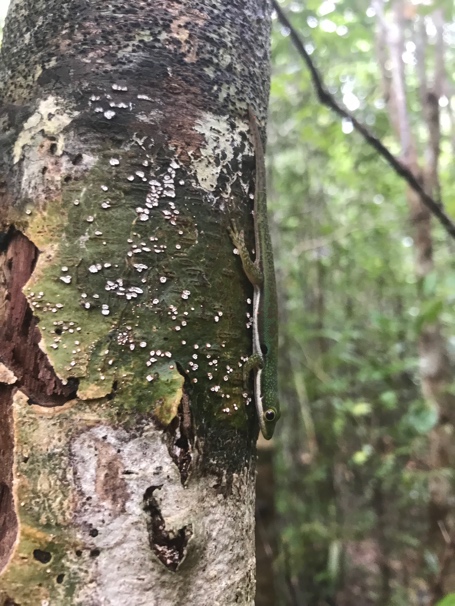
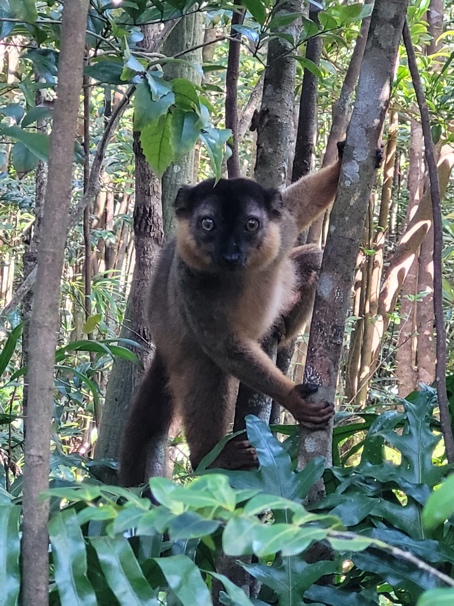
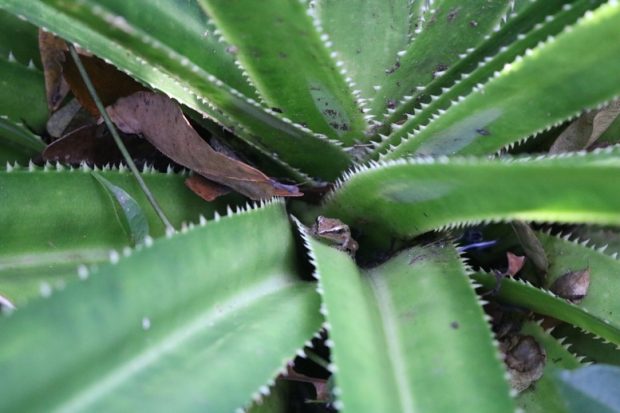
Downtime
When we weren’t volunteering, we spent time playing card games, writing in our diaries, making
bracelets for ourselves and the school children and trying snacks that we had bought from the local
shop. At camp Sunday is a day off, we had two Sundays at camp. On the first Sunday we walked to a
beach, which took around an hour and a half. We had to take a pirogue, a boat carved out of the trunk
of a tree, to get some of the way there. We all went in the sea (which seemed saltier than normal), did a
bit of sunbathing, played rounders with a stick for a bat and crocs as the bases, did some whale
watching and we saw two boys showing off by doing really cool flips on the sand. On our second Sunday
we went to a different beach in the morning and in the afternoon, we went to Jerrys café where we ate
chips and some salad. We had to book in advance so they could go to town to get the potatoes as we
were a big group! Jerrys has a swimming pool and running water, so we got to use an actual flushing
toilet for the first time in 2 weeks which was very nice. On one of the evenings a travelling band came to
the village and performed for everyone, along with music there were 3 dancers who were amazing.
After they performed for a bit, they got some people from the audience up including myself and we had
to try and copy their dancing. After this all the children from the village also got up to dance and they
then pulled the rest of us up to dance with them, which was really fun.
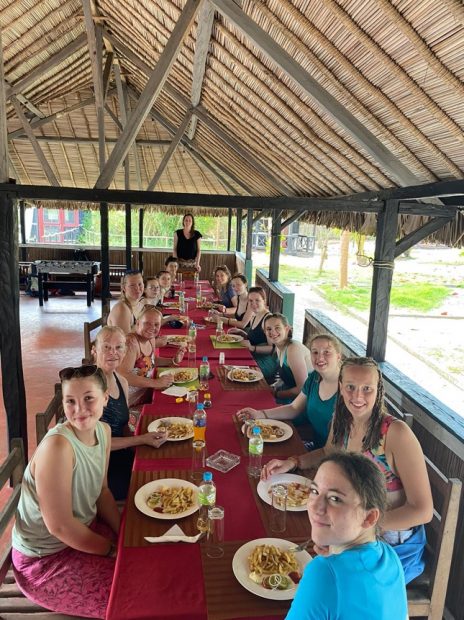
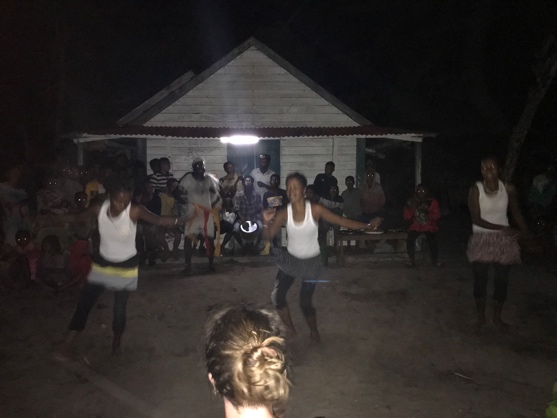
Capital city
The last day of the trip was spent in Antananarivo, before we flew home. There we had a tour guide, and
he took us around the Kings palace and the Queens palace, both were amazing and had great views of
the city. We also went to a market, which was quite overwhelming as everyone was coming up to us as
they wanted us to go to their stall to buy something. It was also heart breaking to see the severe levels
of poverty that most of the people were experiencing, which made me realise even more how lucky we
are in this country.
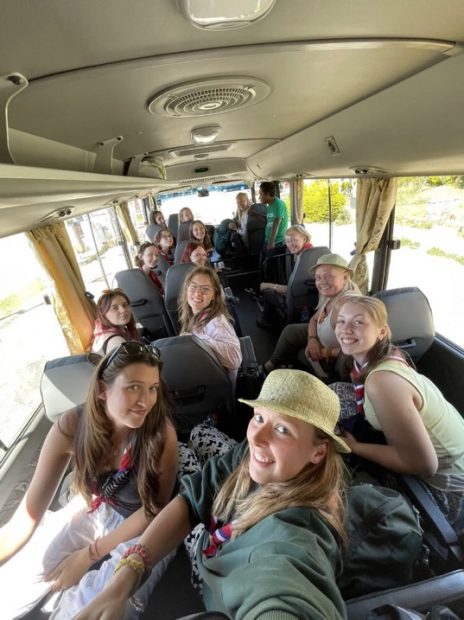
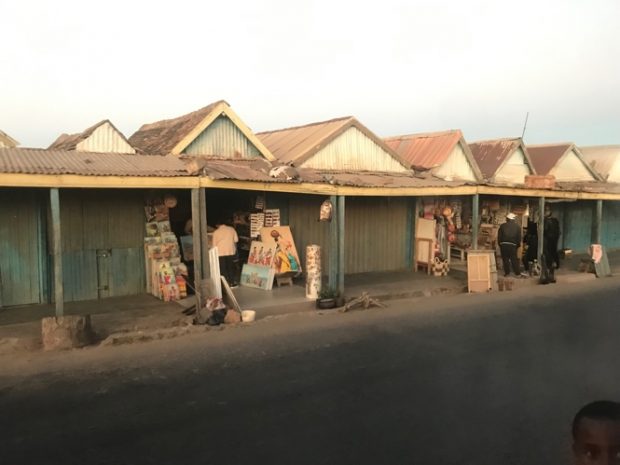
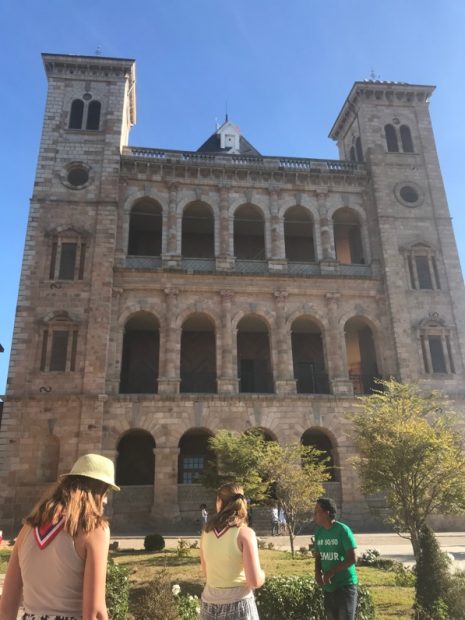
Summary
I feel very lucky to have had the opportunity to travel somewhere I would never have previously visited,
and to see firsthand, as well participate in, important conservation work that is helping to ensure that
village life is sustainable alongside the rainforest and its many inhabitants. The trip has helped with my
personal development and built my confidence, enabling me to grow as a person. Through this
opportunity I have gained new friends, made so many amazing memories, and had such a fantastic
experience, all of which I will remember forever, and which I will bore my family and friends with on a
regular basis! I also learned so much in advance of the trip with all the planning, preparing, and
organising that was needed. Also, now that I am back, I am taking opportunities to share what I have
learnt and experienced, encouraging other young people to seek out these amazing opportunities.
Finally, I would like to say a big thank you to the Young Explorers Trust for awarding me a grant, it was a
fantastic help towards raising the funds I needed to pay for the trip. I couldn’t believe that people and
an organisation who didn’t know me, would be so generous and trusting that I would make the most of
this opportunity, and in return all they asked of me was to write a short report. It really is amazing what
the Young Explorers Trust does, and I really appreciate the contribution that their grant made to my trip.

